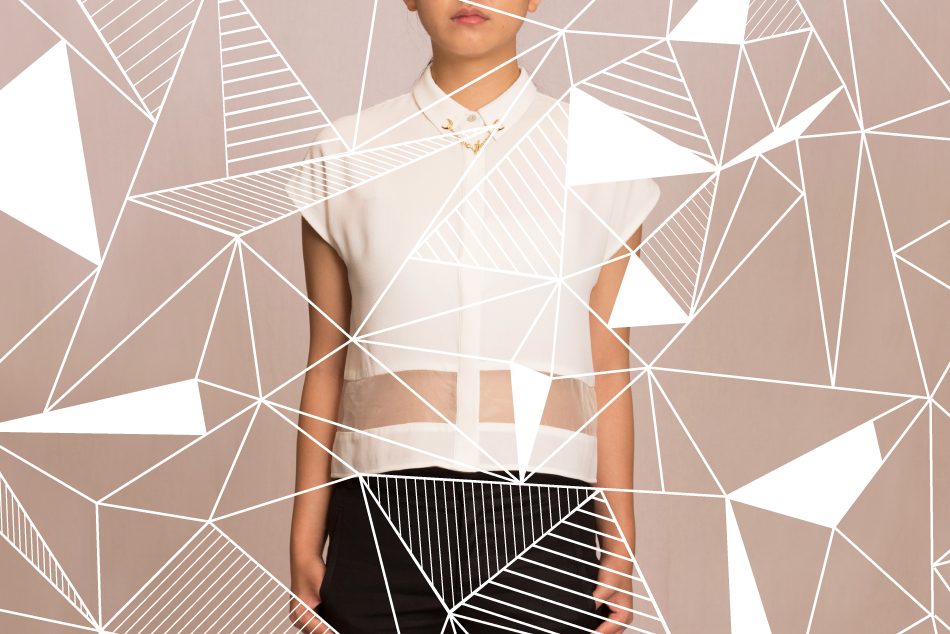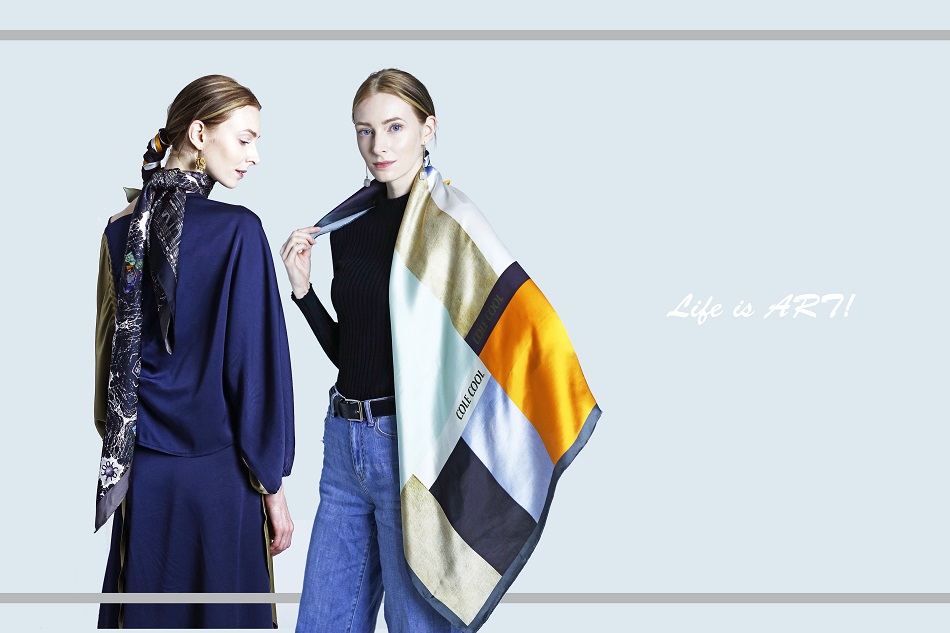Leisure & Culture #38
The Delectable World of Art Served on a Plate
Ayako Suwa & Bompas and Parr
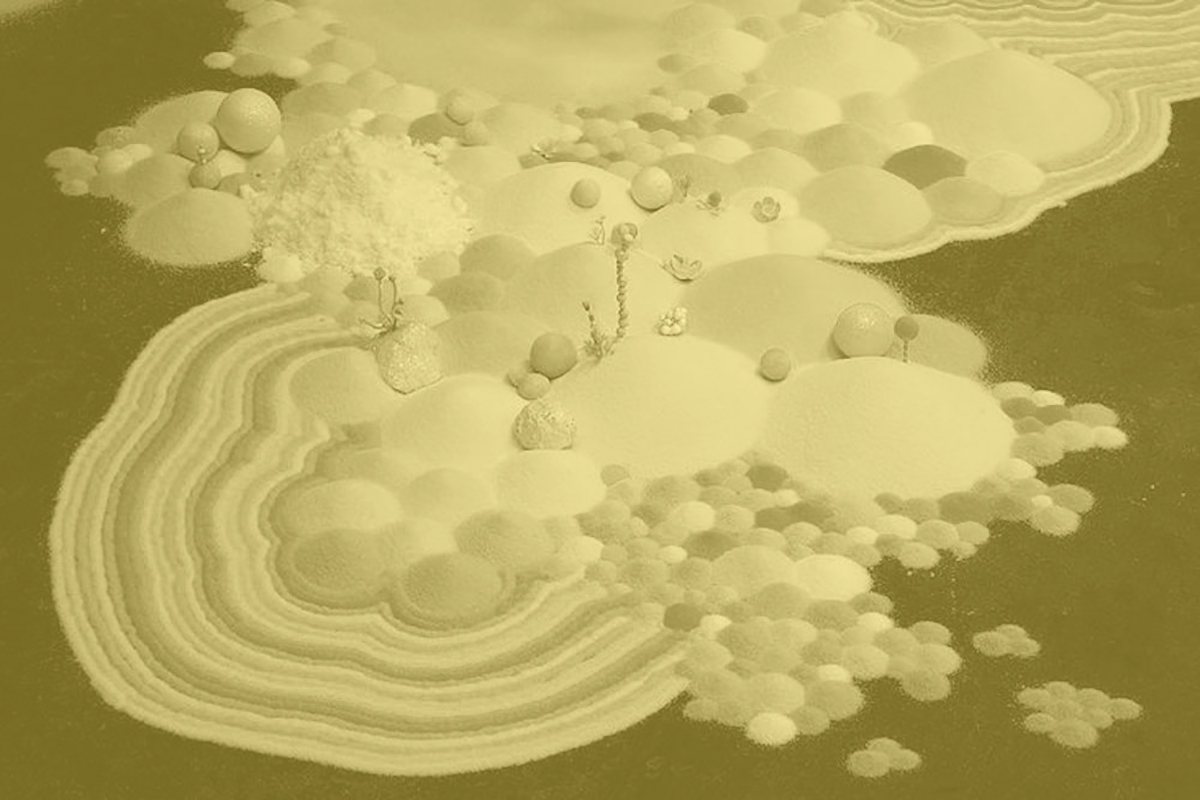
Food has always had its place in art. Kalf Cezanne painted magnificent tableaux of fruits and vegetables, Van Gogh placed lemons in a number of his still life paintings, and Warhol made Campbell’s Soup famous all around the world. For many artists, food wasn’t just a way to demonstrate compositional skill or their technical prowess. It was a way to document and contemplate on the world around them.
Some artists however, didn’t want to use food as a subject in their work. They wanted to use food itself to create something beautiful — or outrageous,Like in 16th century Italian artist Giuseppe Arcimboldo’s bizarre and fantastical portraits of vegetable people.
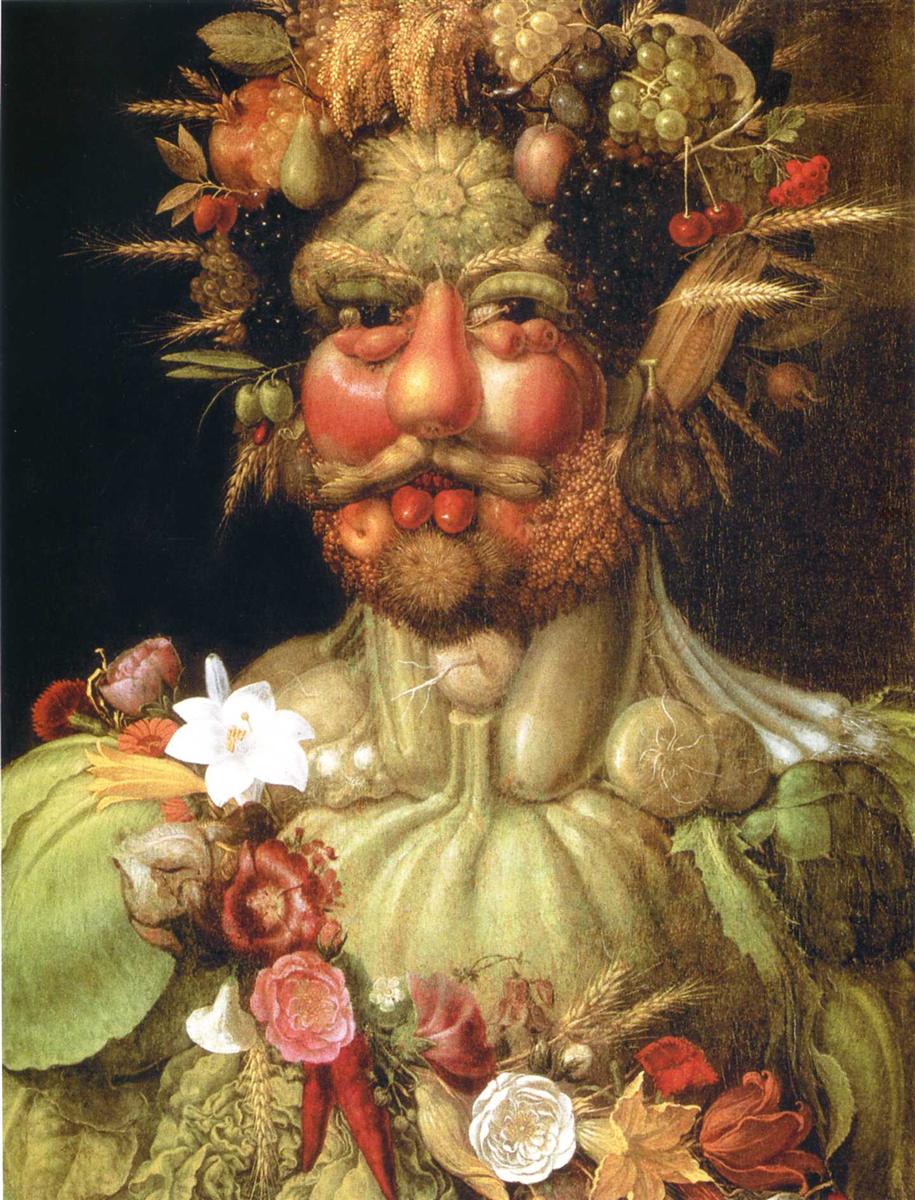
Vertumnus (Emperor Rudolph II) - Giuseppe Arcimboldo.
In many ways, creating art with food is something inevitable: we played with food as children, treating tomato sauce as paint, and forming abstract shapes and images made from peas and carrots. Not all of these imaginative tots outgrew their artistic proclivities, and continue make a beautiful mess with condiments, drinks and fresh produce.
Ayako Suwa is one such creative, for whom food is the only medium of her art. Like many of us, she played with food as a child, opening her own pretend restaurant where she served dishes made of pollen, seeds and dead insects. Turns out, she never did forget her artistic escapades and continued to experiment in the kitchen and dining room as she grew older. After graduating from the Kanazawa College of Art, Suwa opened her studio “food creation” which pioneered her distinctive aesthetic of “conceptual food” where food is a mode for communication.
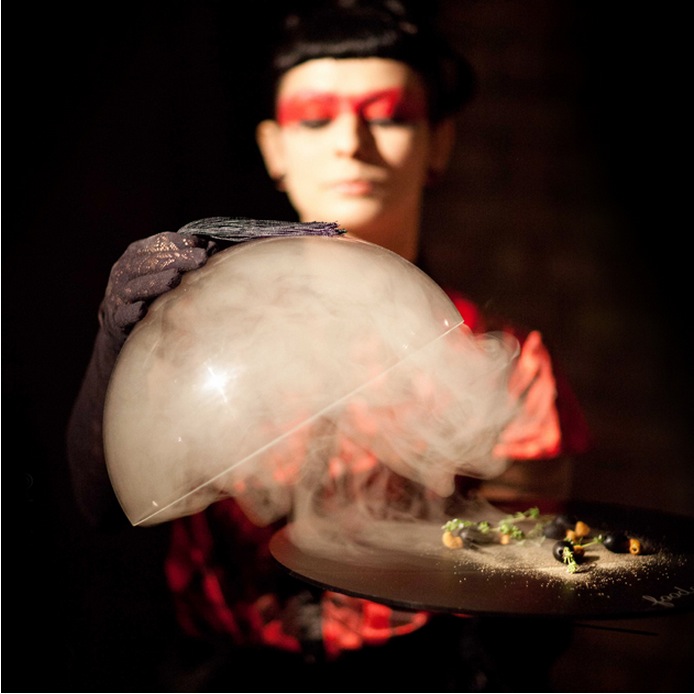
Chefs might only be concerned with the taste of the cooking and artists with the dishes’ appearance; Suwa’s work focuses on the “dining situation” in which she can stimulate our emotions and senses.
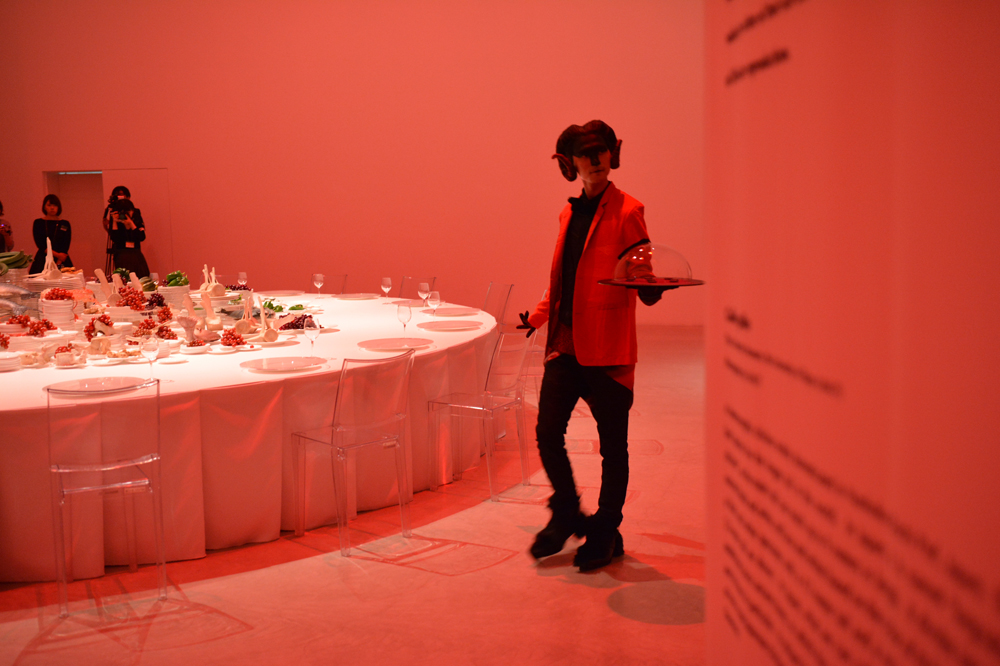
Banquet of Curiosity Exhibition and Tasting, Taste of Curiosity - Museum of Curiosity by Ayako Suwa / food creation. Photo by Hiraku Ikeda / Hiroshi Iwasaki.
Similarly, Sam Bompas and Harry Parr of food design studio Bompas and Parr seek to create “emotionally compelling or inspiring experiences” through food.
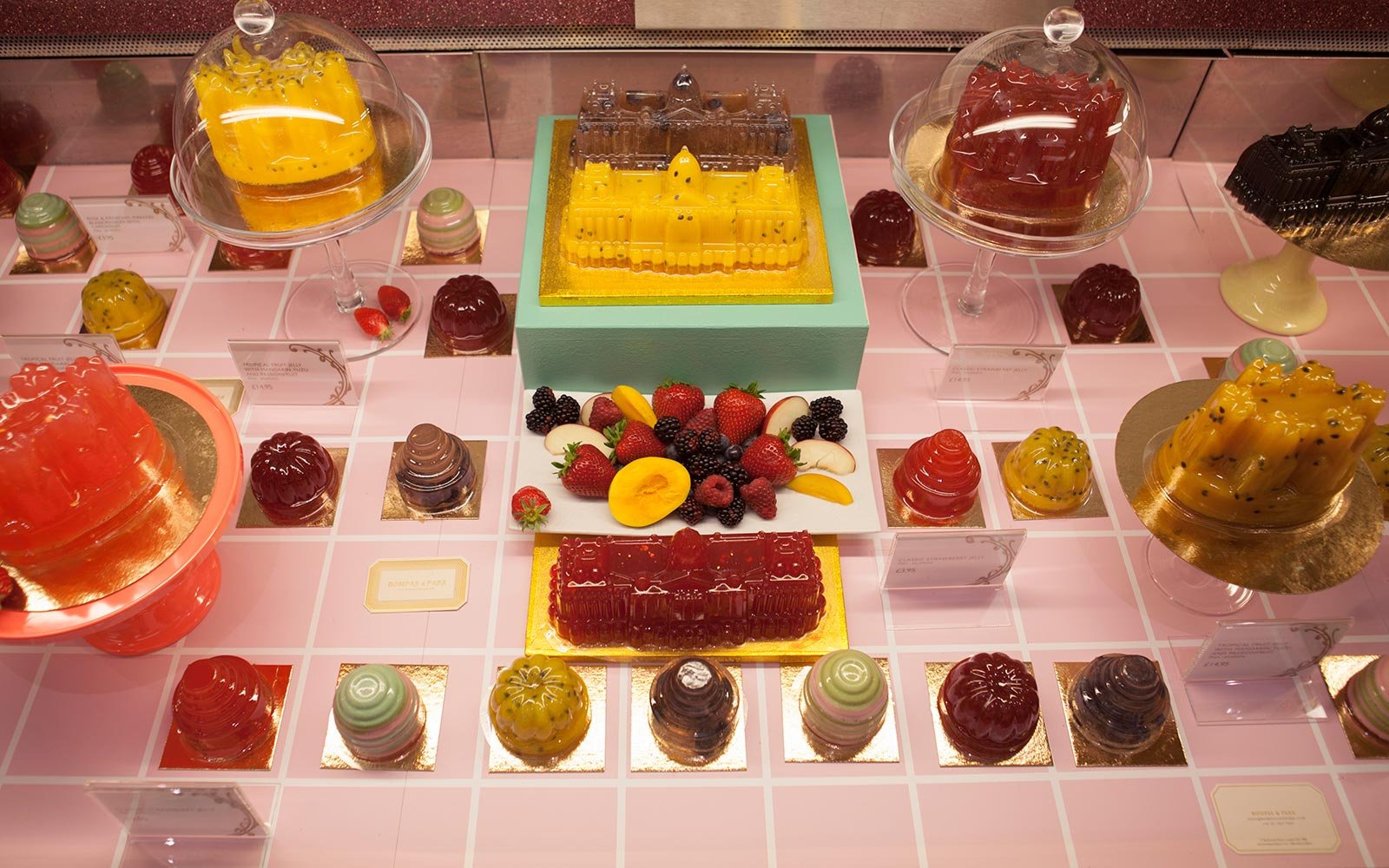
Jelly Parlour of Wonders by Bompas and Parr. Photography by Ann Charlott Ommedal & Nathan Ceddia.
The intrepid duo first made a name for themselves producing architecturally inspired jellies for events and exhibitions. Since 2007, their practice has evolved and now produces magnificent tasting experiences by combining architectural installations, dinner theatre and madcap experimental laboratories.
Their projects always stretch the limit of the imagination, and are designed for the maximum intensity of experience — a total sensory assault.
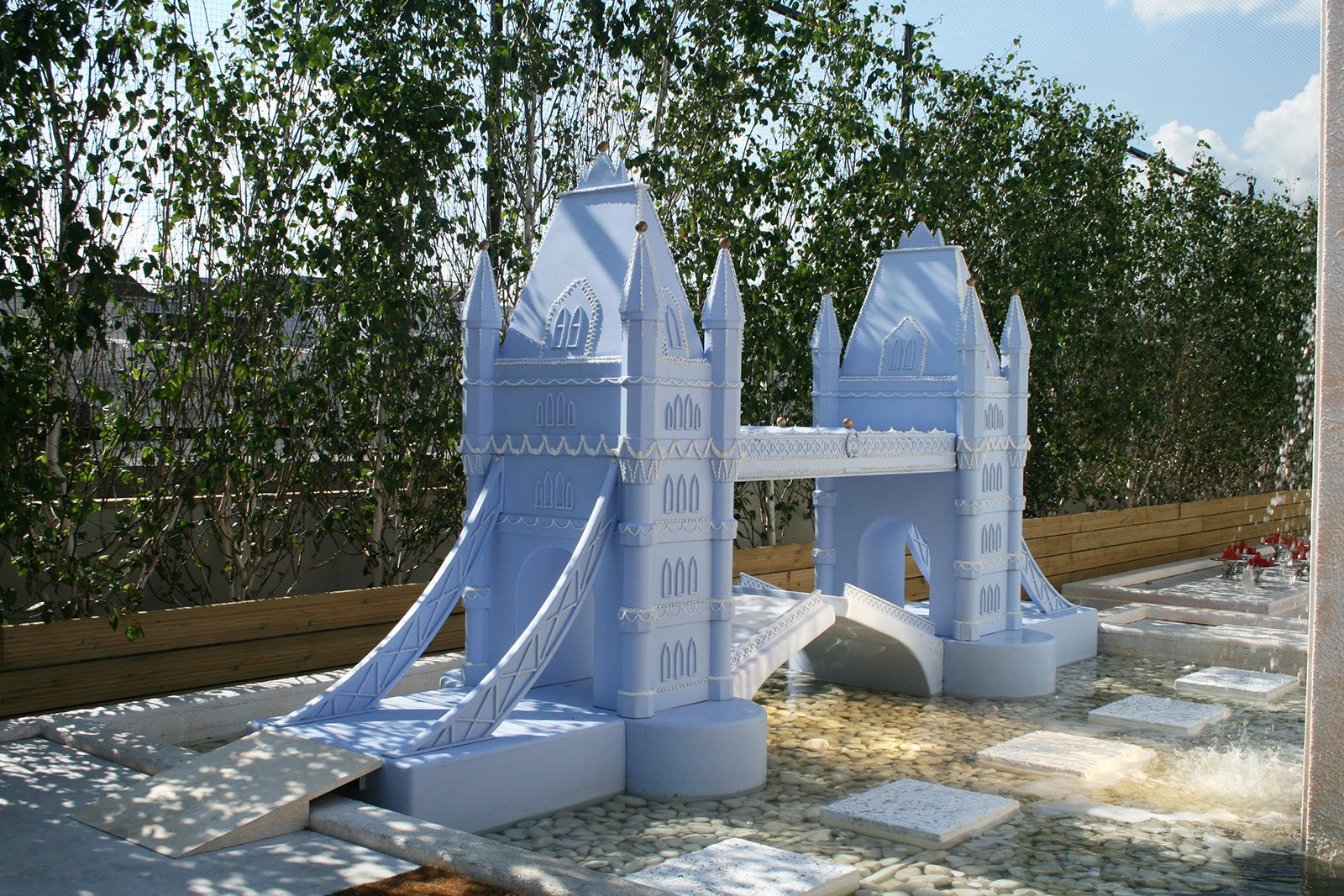
Crazy Cake Golf by Bompas and Parr. Photography by Ann Charlott Ommedal.
In 2012, Bompas and Parr created a mini golf-course on the roof of Selfridges, London and invited guests to explore the relationship between novelty golf and exciting food. They created golf scorecards that smelt like Bakewell tarts and the 9-hole course comprised a plethora of edible structures.
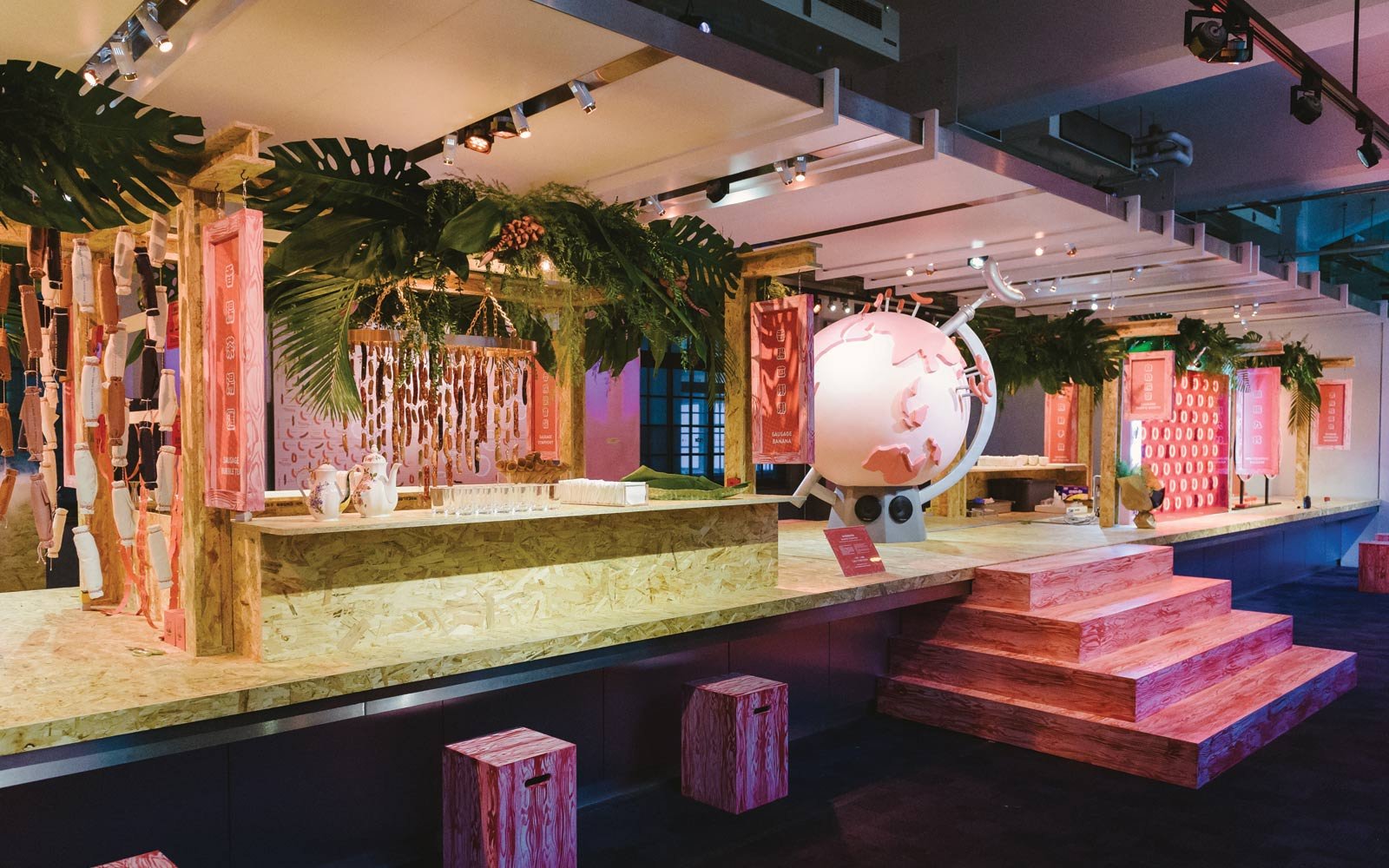
Sausage Social by Bompas and Parr.
What’s perhaps the most important, is the intense and immense amount of research that goes into creating these multi-sensorial events. Bompas and Parr have created everything from breathable gin and tonic clouds, to a 7-foot high Sausage Symphony-playing musical instrument.
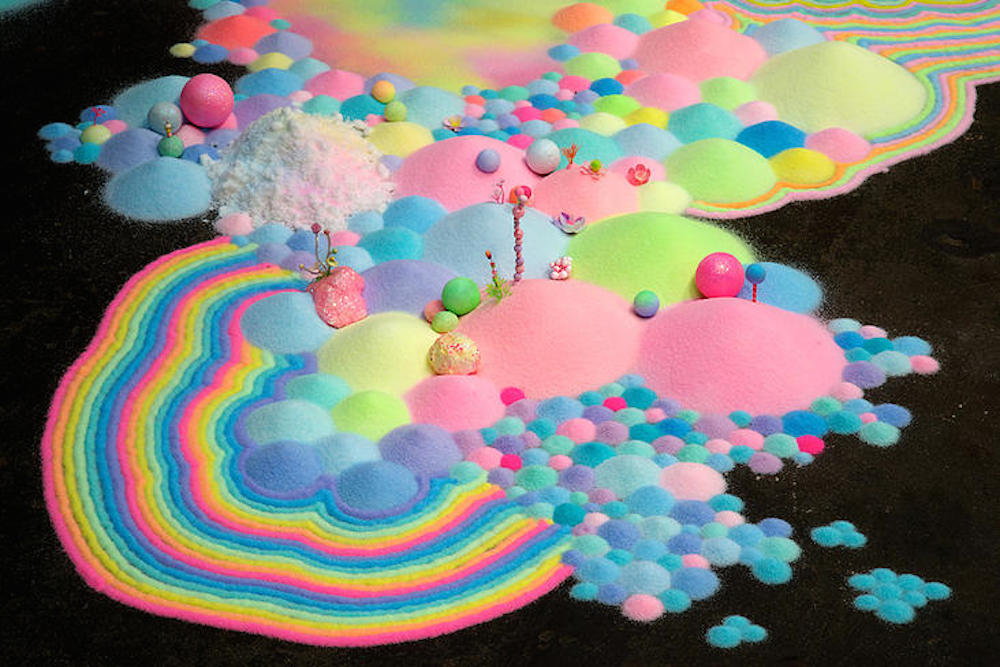
pip & pop, Candy Lab, 2014. Lightness, Mediamatic, Amsterdam, Netherlands. Photo by Willem Velthoven and Pip & Pop. Credit to Pip & Pop.
No matter what goes into the pot, food artists like Australian artists pip & pop, Suwa and Bompass and Parr, always seek to create delicious results that excite our senses but more importantly, delve into our collective culture and psyche — satiating both our stomachs and our minds.

